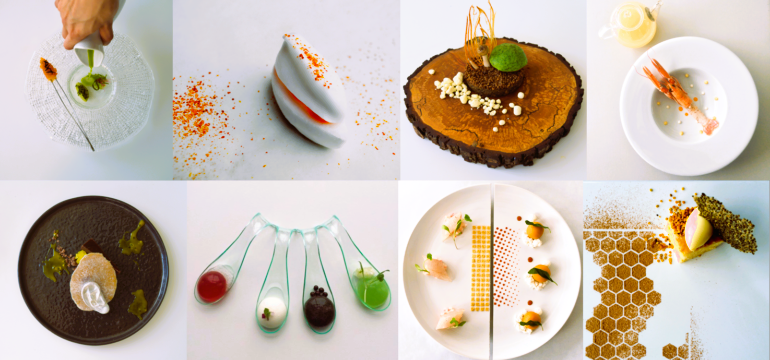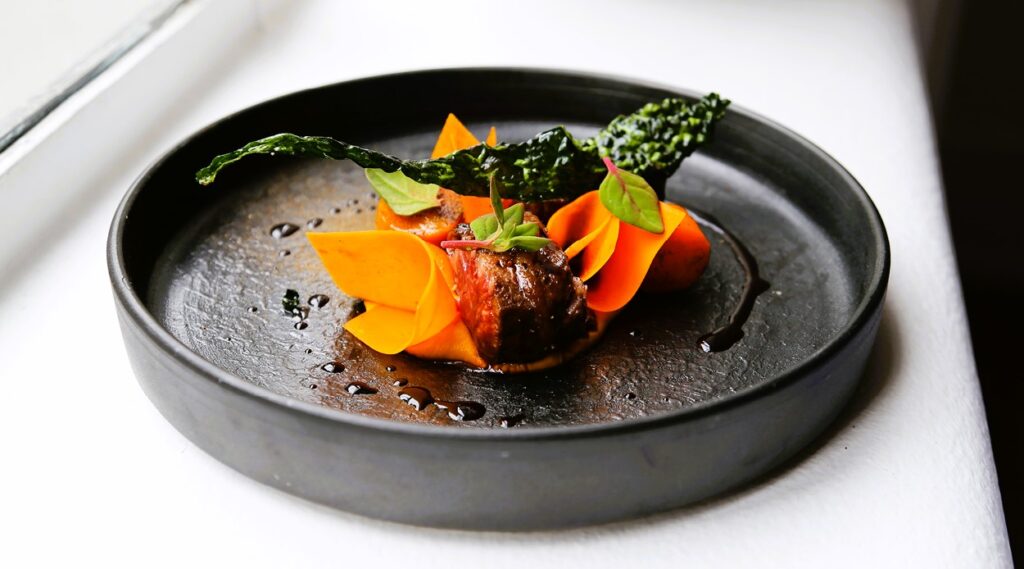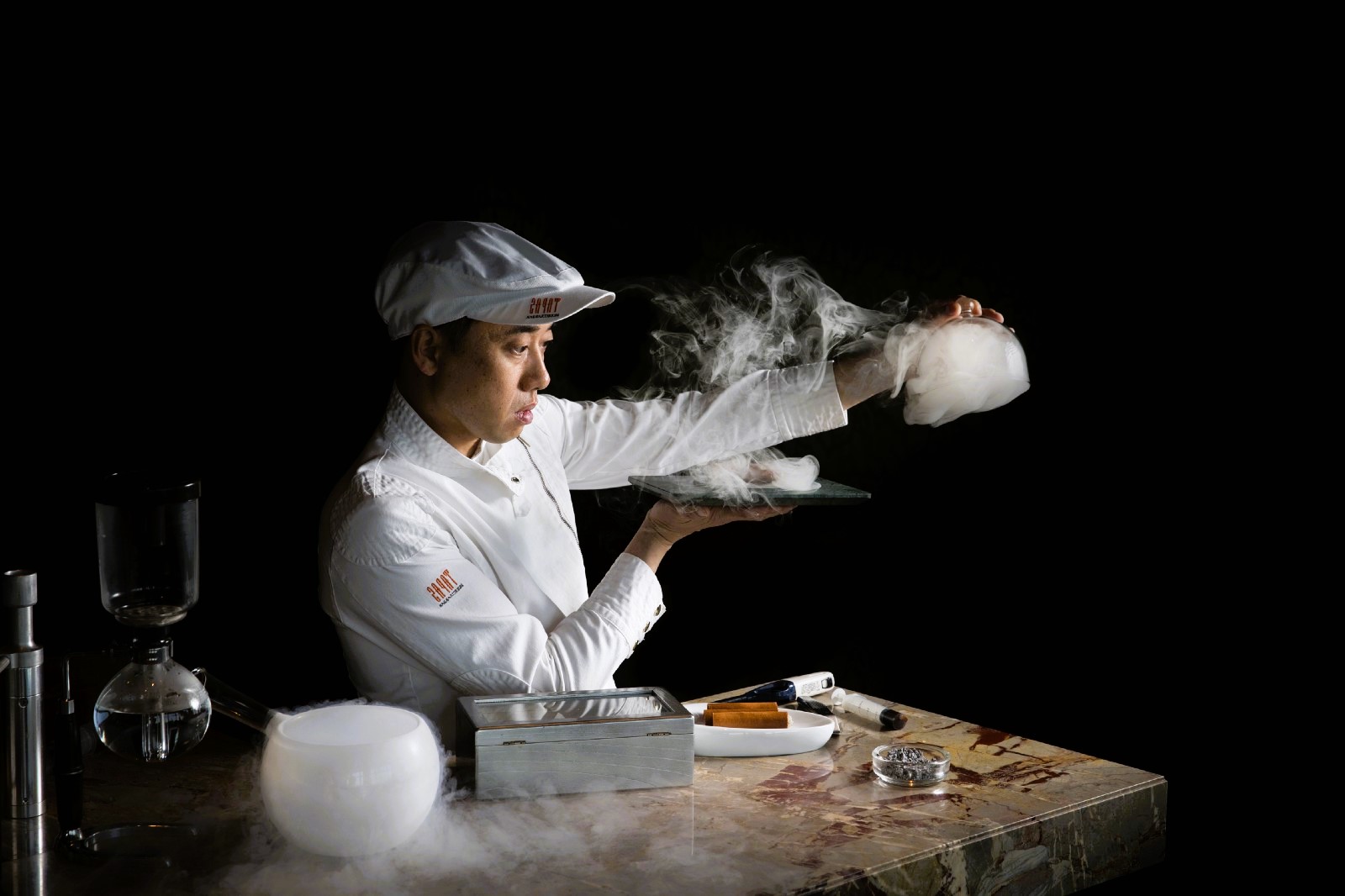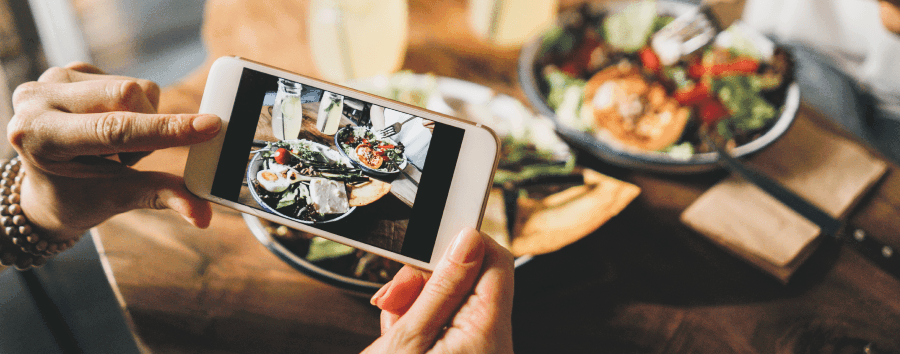Molecular Gastronomy, an innovative and captivating culinary discipline, has been captivating the palates of food enthusiasts worldwide for the past few decades. This unique approach to cooking combines science, art, and creativity to push the boundaries of traditional gastronomy. By harnessing the principles of physics and chemistry, chefs craft visually stunning and flavor-packed dishes that challenge conventional culinary norms. In this article, we will explore the fascinating world of Molecular Gastronomy, its origins, key techniques, and its impact on the fine dining experience.
Origins of Molecular Gastronomy
The term “Molecular Gastronomy” was coined by the Hungarian physicist Nicholas Kurti and the French physical chemist Hervé This in the 1980s. Their vision was to apply scientific principles to better understand the chemical and physical processes occurring during cooking. Initially, their focus was on unraveling the mysteries behind everyday kitchen techniques, such as boiling, frying, and baking. However, as the discipline evolved, it transformed into a culinary revolution, influencing chefs worldwide to think beyond the boundaries of traditional cooking methods.
Key Techniques in Molecular Gastronomy

- Spherification: Spherification is a technique that transforms liquid ingredients into gelatinous spheres that resemble caviar. By using sodium alginate and calcium chloride, chefs can create spheres with a liquid-filled center, bursting with flavor upon consumption. This technique has allowed chefs to present dishes in an entirely new and exciting way.
- Emulsification: Emulsification is the process of combining two immiscible ingredients, such as oil and water, to create a stable and smooth mixture. Chefs utilize this technique to craft velvety foams and creamy sauces, enhancing the texture and mouthfeel of their dishes.
- Sous Vide: Sous Vide, meaning “under vacuum” in French, is a cooking method where food is vacuum-sealed in a plastic pouch and cooked at a precise temperature in a water bath. This technique ensures even cooking and retains the natural flavors and moisture of the ingredients, resulting in tender and succulent dishes.
- Liquid Nitrogen: Liquid nitrogen is a vital tool in the Molecular Gastronomy arsenal. By rapidly freezing ingredients, chefs can create unique textures and presentations, such as frozen powders, ice creams, and delicate frozen toppings. Like the article? Read also about Culinary Journey: Explore new cultures through food and drink.
Impact on Fine Dining
The introduction of Molecular Gastronomy into fine dining establishments has been nothing short of transformative. With its cutting-edge techniques and visually captivating presentations, it has elevated the dining experience to new heights. Many renowned chefs have embraced this culinary movement, incorporating its principles into their menus to surprise and delight their guests.
Through the imaginative use of molecular techniques, chefs have been able to re-imagine classic dishes, experimenting with flavors, textures, and visual aesthetics. These culinary innovations not only challenge diners’ perceptions of taste but also stimulate their senses, providing an unforgettable dining experience.
Moreover, Molecular Gastronomy has also fostered a deeper understanding of ingredients and cooking processes. Chefs now have a scientific foundation to explore the chemical reactions that occur during food preparation, enabling them to make informed decisions about cooking techniques and ingredient combinations.
Influence on Food Culture
Molecular Gastronomy’s impact extends beyond fine dining restaurants. It has sparked a revolution in home kitchens as well, as amateur cooks and food enthusiasts experiment with molecular techniques to create extraordinary dishes in their own abodes. This accessibility has allowed culinary creativity to flourish, inspiring a new generation of passionate cooks to explore the boundaries of traditional cuisine.

Furthermore, its scientific approach has led to greater collaboration between chefs and scientists. This interdisciplinary exchange has opened up exciting possibilities for the future of food, with research focusing on food sustainability, nutrition, and new culinary innovations.
Conclusion
The magic of Molecular Gastronomy has introduced a new era in the world of fine dining. Combining science and culinary artistry, this gastronomic revolution has pushed the boundaries of traditional cooking, transforming the way we perceive and experience food. Through techniques like spherification, emulsification, sous vide, and the use of liquid nitrogen, chefs have unleashed their creativity, providing diners with unforgettable and visually stunning culinary experiences.
As Molecular Gastronomy continues to captivate the hearts and palates of food enthusiasts around the globe, its influence on the culinary world is sure to leave a lasting legacy. By bridging the gap between science and fine dining, this culinary movement has redefined the way we approach food, making the act of eating not only a necessity but an enchanting journey of taste, art, and discovery.
Sources:
- Wikipedia – Molecular Gastronomy




